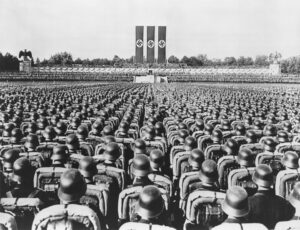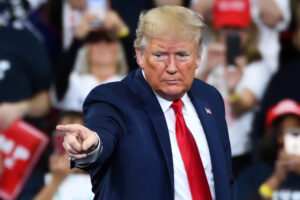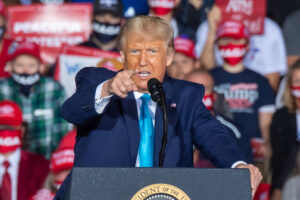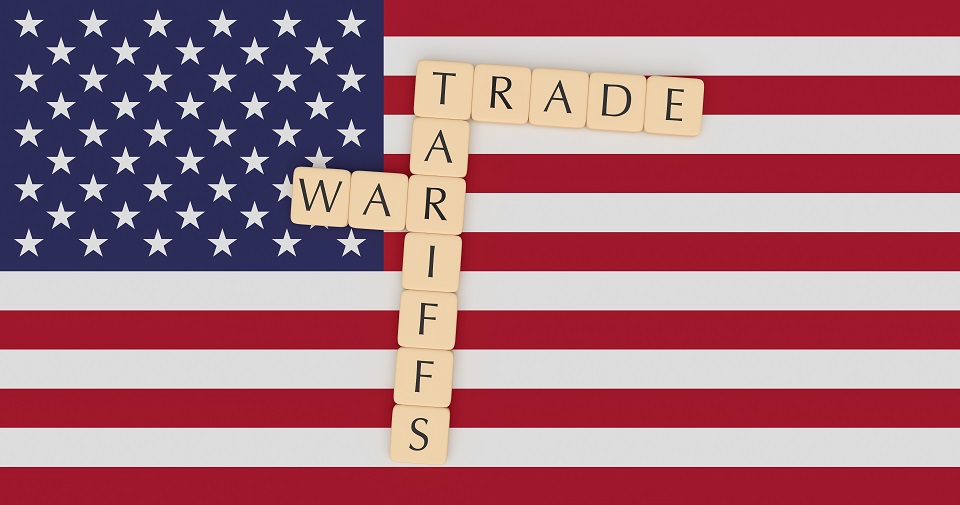
Trade is essential to the overall progress of the country. A healthy trade pattern truly boosts economic development, and countries that are open to global trade tend to grow at a faster rate. Moreover, innovation and improvement in productivity provide higher income and more opportunities to the locals.
On the other hand, the excessive increment in the trade tariff and import taxes affect the other countries you are trading with. It puts both countries into a trade war state where both parties strike back against each other by increasing import tariffs or applying other limits on the other country’s imports.
Trade Wars not only disturb the country’s overall economic state but also affect the local importers at the grass-root level. The U.S. has a long history of trade wars with countries like England, Canada, France, Germany, Japan, and China.
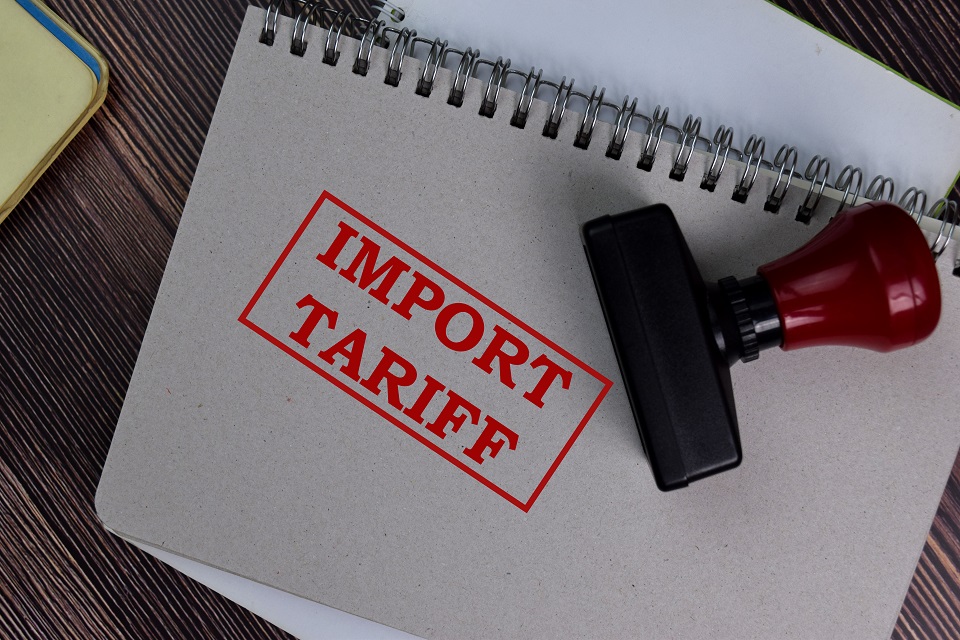
What is an Import Tariff?
A tariff is essentially the tax on importations. So, when we say the tariff is increased it means the tax is raised on the stuff being brought into the country by the other countries to be sold. Therefore, these countries are having to pay more money to sell their goods.
Let’s take an example of America, if the U.S government increases tariffs, countries like China who import their goods into the United States will have to pay more taxes for trading in America.
America has run into many trade wars since the start of the economy, here we have enlisted the Trade Wars that affected U.S. trade with other countries since its existence.

1. The Boston Tea Taxation
The surprise increment in taxation on the tea occurred on December 16, 1773, at Griffin’s Wharf in Boston. American colonists and the British Parliament were the participants in this trade war. When colonists made a political protest over taxes imposed by Great Britain.
The night of the notorious tea party, planned by the Sons of Liberty a reported 116 men flipped 342 chests of tea total weight of 92,000 pounds of the stuff. It was valued at around $1 million in today’s money.
Results: The British Parliament and King George III passed the Forced Acts, stopped free elections in Massachusetts, closed the Boston Harbor until all the tea was paid for, and made it mandatory for the colonists to house British troops on demand. In reply, the other colonies sent supplies and were encouraged to announce the right of the colonies to operate independently. Lighting the fuse that would result in the Revolutionary War.

2. The Smoot-Hawley Act
President Herbert Hoover essentially set out to deal with the agricultural and farm crisis during the early years of the Great deficit. He also proposed tariffs on farming imports. But Senators Willis C. Hawley and Reed Smoot presented their legislature and added plenty of industrial tariffs instead of agriculture and farm.
This was despite an entreaty signed by 1,000 U.S. economic experts. The world responded with tariffs on U.S. exports, adding more stress to the already damaged economy. The countries involved were the United States, Canada, Europe, and other nations.
Results: It was considered to have a severely crippling effect on the economy by many. So, the Smoot-Hawley Act led to revenge from other countries, including Canada. It affected U.S. exports falling by 61 percent in 1933, and jammed economic recovery during the time of the Depression.
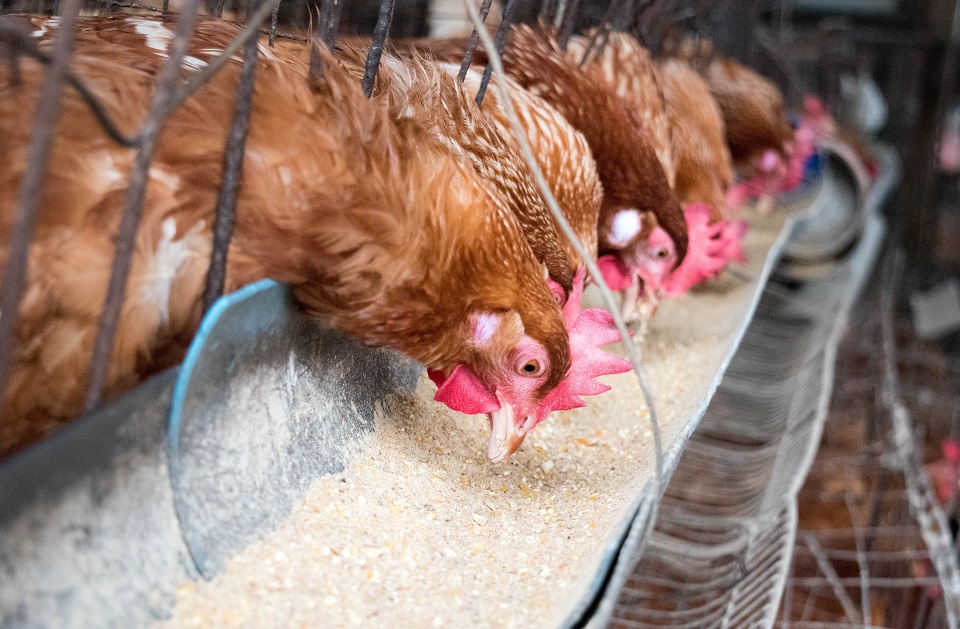
3. Poultry Tariff War
This trade war was between United States, France, and West Germany. With the increase of production of factory chicken farming in America, the world answered by purchasing less expensive U.S. poultry. And the chicken imports in Europe ascended. On the other hand, that didn’t sit well with West Germany and France, and they levied tariffs on the birds.
This led to big losses in the U.S. poultry industry. However, U.S fought back with a 25 percent tax on French brandy, potato starch, light trucks, Volkswagen buses, and dextrin.
Results: The impacts of this tariff increase by the United States also affected the Japanese auto industry which resides on light trucks. However, some brands such as Isuzu and Toyota, founded escapes, such as establishing assembly plants on U.S. land, to avoid import tax them.

4. Japan Trade War
President Ronald Reagan almost doubled the prices for import on $300 million worth of Japanese power tools, computers, and TVs in 1987. The management defined the tariffs as a response to Japan’s failure to obey the agreement that would allow more U.S. imports into its markets.
And would stop underselling American semiconductor computer chips. In the 1980s, the Japanese auto industry was also subjected to high tariffs.
Results: Japan decided not to strike back. Japanese automobiles saw a decrease of 3 percent in America. In 1984, U.S. buyers were made to pay an estimated $53 billion more because of import tariffs.
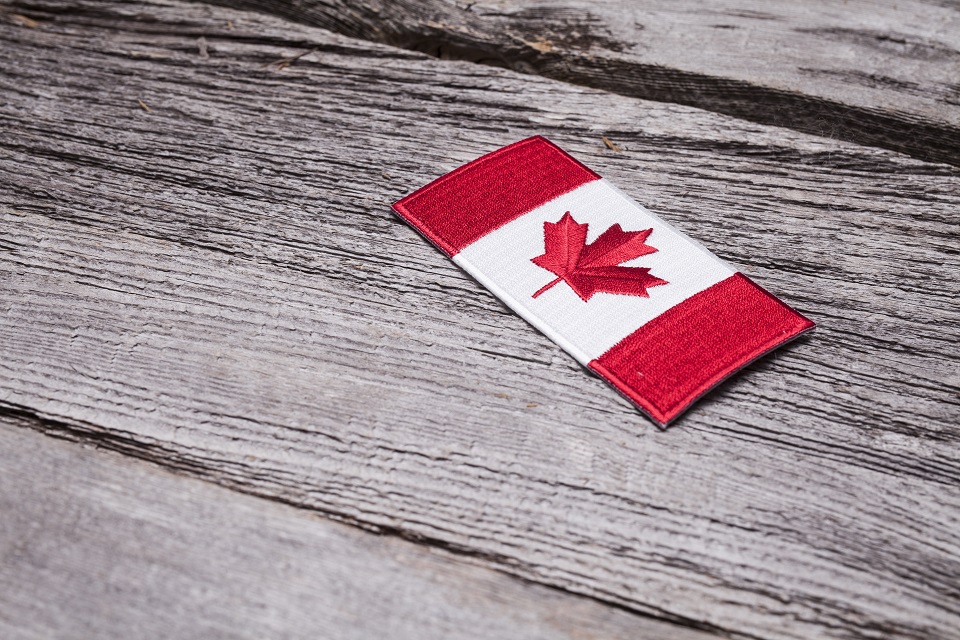
5. Canada and U.S Lumber Trade War
Canada produces wood from public lands, but the market prices are decided by the government. The United States gets its wood mostly on its private lands, and the market decides the price. In 1982, the United States claimed that Canada was dishonestly subsidizing its softwood lumber. This led to years of disagreements and continued tariffs
Results: While Canada was likely to pay millions of dollars in lumber tariffs in 2018. And U.S. customers also confronted record lumber prices as the home building industry rumbled. According to the lumber industry journal, it was defined that the cost of Canadian lumber was 40 percent by the year 2018.

6. The Banana War
A trade war started in 1993 between the United States, Europe, Latin America on the import of bananas. Bananas are hardly grown at all in America. But many Latin American banana farms are owned by American companies.
The United States protested in 1993 when Europe was implementing high tariffs on fruits coming from Latin America. It was all done to support their former Caribbean colonies in the market. In retaliation, the U.S. placed tariffs on items such as British linens, Danish hams, and French handbags.
Results: After submitting eight complaints to the World Trade Organization, the European Union agreed to ease the tariffs gradually, and the banana war finally ended in 2012.

7. The Steel Tariff War
In the effort to lift the country’s steel industry, George W. Bush executed temporary tariffs of 8-30 percent on steel importations. Canada and Mexico were released from this tariff increase due to the North American Free Trade Agreement (NAFTA) issues. But the European Union quickly reacted with tariffs on American cars, Florida oranges, and more.
A protest against the United States was also filed in the World Trade Organization, which found the U.S. in defilement of tariff-rate pledges. Because of this Bush has to end the tariffs in 18 months, but the planned period was of three years. The two major players of this trade war are the U.S and Europe.
Results: It is widely considered a wash by economists. Moreover, these tariffs led to higher steel prices and, the loss of more than 26,000 jobs in steel-using industries.

8. Trade War with China
The United States and China executed additional tariffs on import goods from each other, meaning buyers in the opposite country would have to pay more in terms of import taxes to get the clearance of their purchase in their country. At the peak, U.S. had levied tariffs on more than US$360 billion worth of Chinese goods by the end of 2019.
On the other hand, China stroke back with import duties worth around US$110 billion on American products. The War is continuing between the two countries.

How did the trade war start?
U.S. President Donald Trump assured during his 2016 campaign to cut down the large trade depression with China.
He claimed that it is based on unfair Chinese trading practices, including forced technology transfer, intellectual property theft, and hindered market access for American companies in China.
Moreover, China has created an uneven playing field in which Chinese companies are favored.
What tariffs have been imposed?
Mr. Trump’s tariff plan aims to cheer customers to buy American products by making imported goods expensive. The US government imposed tariffs on more than $360 billion of Chinese goods. In response, China retaliated with tariffs on more than $110 billion of US supplies.
Washington sent three tariff rounds in the year 2018, and the fourth tariff round in September last year. The recent tariff round affected Chinese imports on a large scale with a 15% duty. Similarly, from China’s side, Beijing replied with tariffs oscillating between 5% to 25% on US goods.
RELATED POST: Americans Versus The British Monarchy




